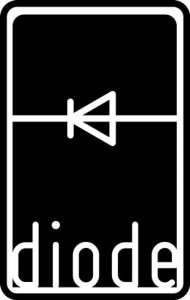“Literature Goes Green” is the theme of this issue of WLT, with Laird Christensen’s essay, “Writing Home in a Global Age,” setting a pivotal tone. In it, he comments on the contemporary writer’s focus on local place when there are many more global issues at hand that need our attention. Bill McKibben, for example, has gone local while the rest of us are just now ‘getting it’ – the alarm of global concern he sounded two decades ago in his book The End of Nature. Christensen argues that this more microscopic shift is necessary, brought on by our own “voluntary placelessness in removing ourselves from the land and how we see the bioregion in which we live.” This lack of connection to place has allowed us to treat that which sustains us so poorly. With no sense of place, we have no sense of responsibility. Yet, this local literature is often treated as second-rate. Christensen counters this attitude: “The bulk of place-based writing, no matter how local, deals in universals, for we are all in desperate need of examples that show us how to belong.” This essay, as well as the whole issue, would be a powerful addition to any curriculum that includes nature, environmental, or place-based writing. Continue reading “World Literature Today – July-August 2008”

